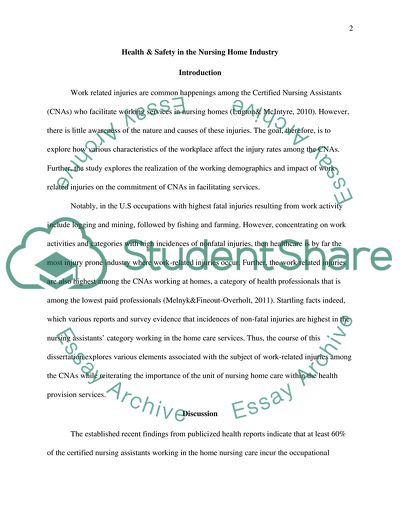Cite this document
(“Health & Safety in the Nursing Home Industry Assignment”, n.d.)
Retrieved from https://studentshare.org/health-sciences-medicine/1694698-see-the-attached-instructions
Retrieved from https://studentshare.org/health-sciences-medicine/1694698-see-the-attached-instructions
(Health & Safety in the Nursing Home Industry Assignment)
https://studentshare.org/health-sciences-medicine/1694698-see-the-attached-instructions.
https://studentshare.org/health-sciences-medicine/1694698-see-the-attached-instructions.
“Health & Safety in the Nursing Home Industry Assignment”, n.d. https://studentshare.org/health-sciences-medicine/1694698-see-the-attached-instructions.


